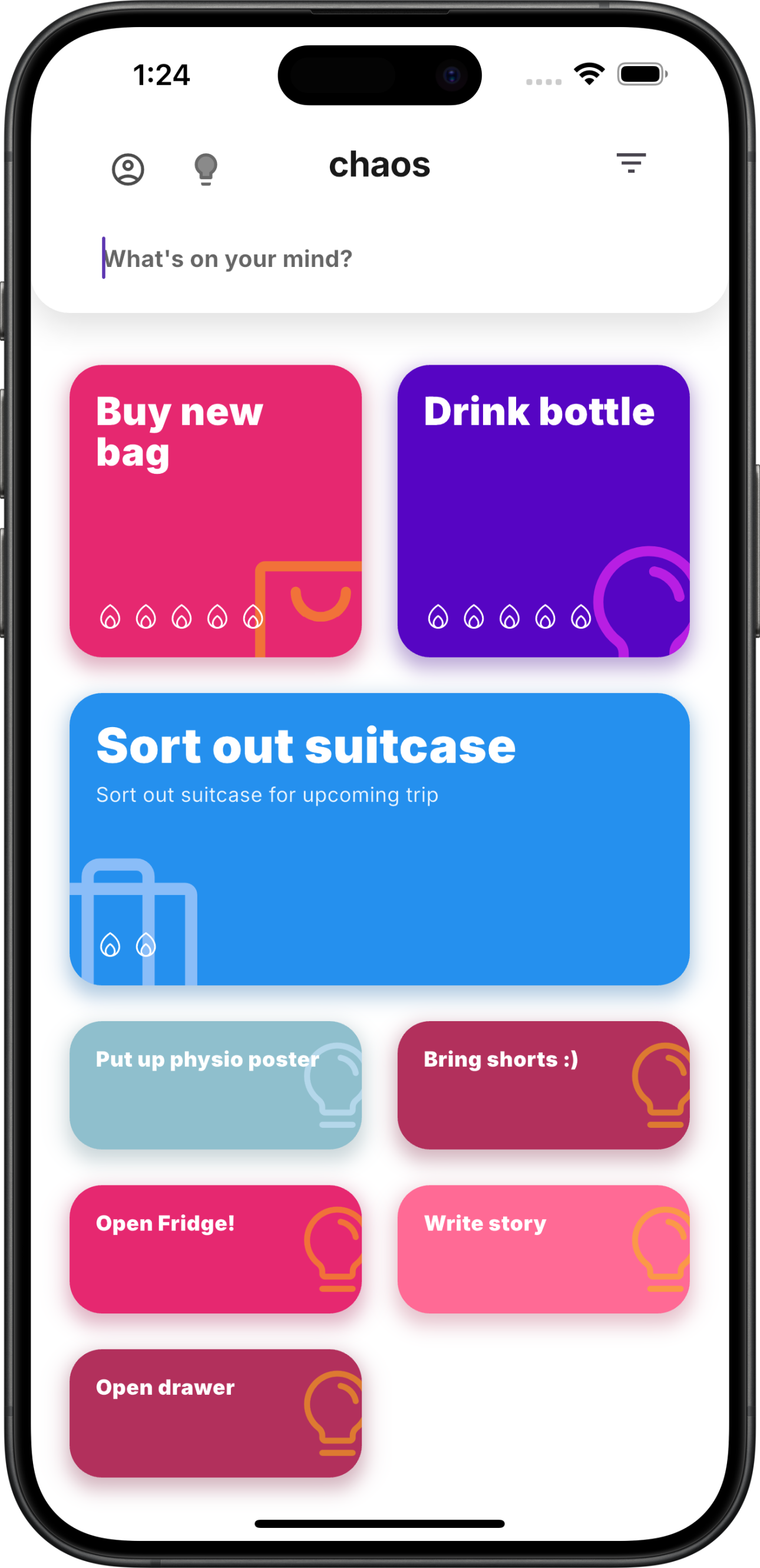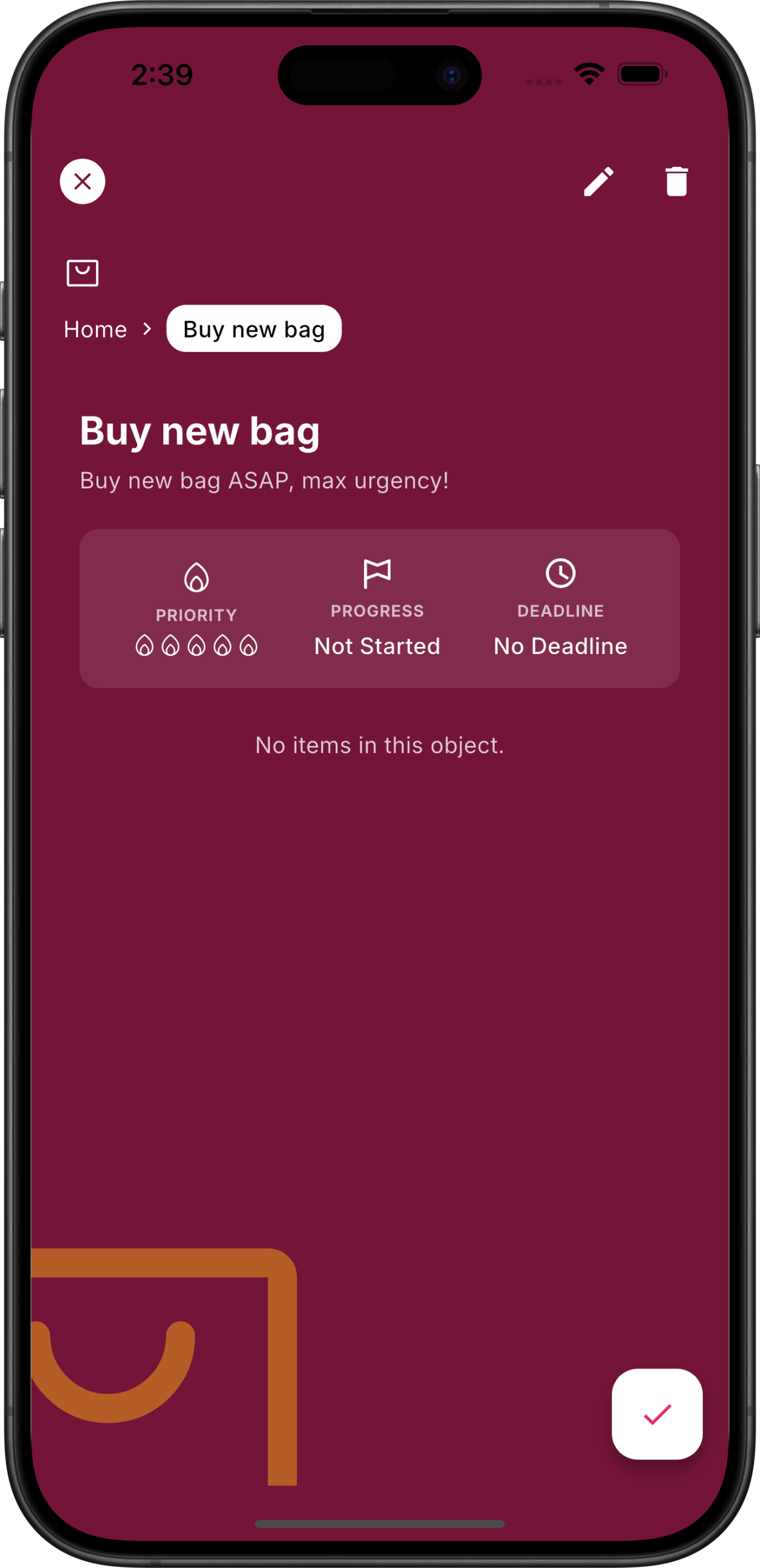Why it matters: Most “personalised” follow ups still sound like canned scripts. The 2024 Salesforce State of Sales report found 83% of teams using AI grew revenue in the past year, yet only 35% of sales pros fully trust their data.[1] A resilient sales follow up playbook stops the copy-paste churn, raises data hygiene, and gives reps back time to build real relationships.
TL;DR
- Design the sales follow up playbook around buyer milestones—first reply, meeting booked, mutual action plan—rather than arbitrary cadences.
- Let Chaos draft context-aware nudges while your CRM enforces governance and audit trails.
- Include a human “friction check” before high-stakes sends so compliance, empathy, and nuance stay intact.

How do you assemble an agentic sales follow up playbook?
Work backwards from the buyer’s decision moments. A strong sales follow up playbook maps three swimlanes—Discovery, Evaluation, Procurement—and defines the triggers that move a prospect between them. Build a message library with tone sliders (“pragmatic”, “optimistic”, “direct”) and plug Chaos’ agentic prompts into each step. WTI 2025 data shows 45% of leaders are prioritising expansion of digital labour within 18 months,[2] so give that labour a well-labelled pipeline to operate in.
- Use the meeting notes workflow to turn discovery calls into structured insights within ten minutes.
- Route momentum-sensitive deals through our dopamine productivity playbook to keep neurodivergent founders engaged without pressure.
- Ask Chaos to surface the buyer’s top three objections before you schedule the executive offsite agenda walkthrough.
| Stage | Trigger | Follow up action | Chaos automation |
|---|---|---|---|
| Discovery | Prospect opens recap email twice in 24h | Send quick loom clarifying value driver | Agent drafts script, books five-minute slot |
| Evaluation | Legal downloads security pack | Share case study and nudge champion | Chaos links relevant comparison review |
| Procurement | Finance revises quantity in portal | Escalate to exec sponsor with ROI summary | Agent compiles ROI table from mutual plan |
How do you measure if the sales follow up playbook is working?
Measure four metrics: time-to-first-response, multi-thread depth (number of roles engaged), slip ratio (opportunities pushed beyond forecast), and win rate. Tag every message with a playbook step so you can compare AI-assisted follow ups versus human-only ones. In the Salesforce study cited above, the teams with AI saw higher revenue because they reacted faster and tailored offers better; your dashboard should expose those gains so sceptics see the uplift.

Where have we seen the sales follow up playbook move the needle?
Mini case story: Bristol-based fintech LedgerLift piloted the sales follow up playbook for mid-market deals. Reps gave Chaos the guardrails—tone, compliance clauses, and must-mention risk factors—then clicked approve on draft replies. Within six weeks they raised reply rates from 21% to 38% and shortened procurement cycles by five days. They still wrote “break up” emails manually to keep empathy high, proving automation works best alongside human judgement.
What could go wrong with an automated sales follow up playbook?
Bias and hallucinations. If you let the agent infer persona traits, it might guess incorrectly and erode trust. Keep your prompts grounded in verified CRM fields and recorded calls. Regulatory drift is another risk—if you sell into finance or healthcare, lock in compliance snippets and run quarterly legal reviews. Finally, protect your team’s energy. If the sales follow up playbook nudges prospects outside working hours, you’ll burn out the humans keeping it authentic. Set guardrails so out-of-hours messages only send if a deal is at risk and both parties previously agreed to late communication.
Key takeaways
- Anchor the sales follow up playbook to buyer milestones so automations feel timely, not spammy.
- Track uplift with clear metrics—reply rate, multi-thread depth, slip ratio, win rate.
- Set human checkpoints around compliance, empathy, and after-hours boundaries.
Summary
An agentic sales follow up playbook turns Chaos into your rhythm guitarist: dependable, contextual, and ready with the next riff. Keep your CRM as the single source of truth, give the agent clear prompts, and reserve human judgement for high-stakes moments.
Next steps
- Audit last quarter’s pipeline and tag each message with discovery, evaluation, or procurement—spot the leaks.
- Pair this playbook with the meeting notes workflow so every call recap feeds the next nudge.
- Stay ahead of compliance with the EU AI Act operations briefing before procurement teams raise questions.